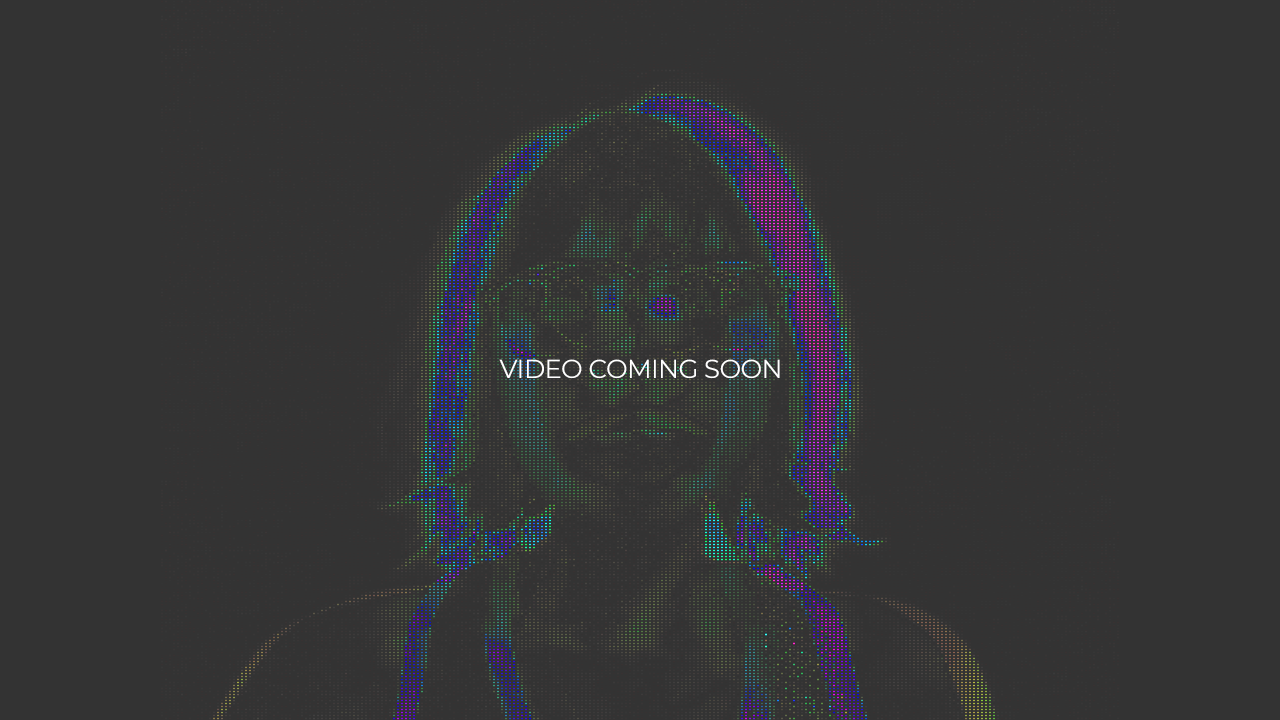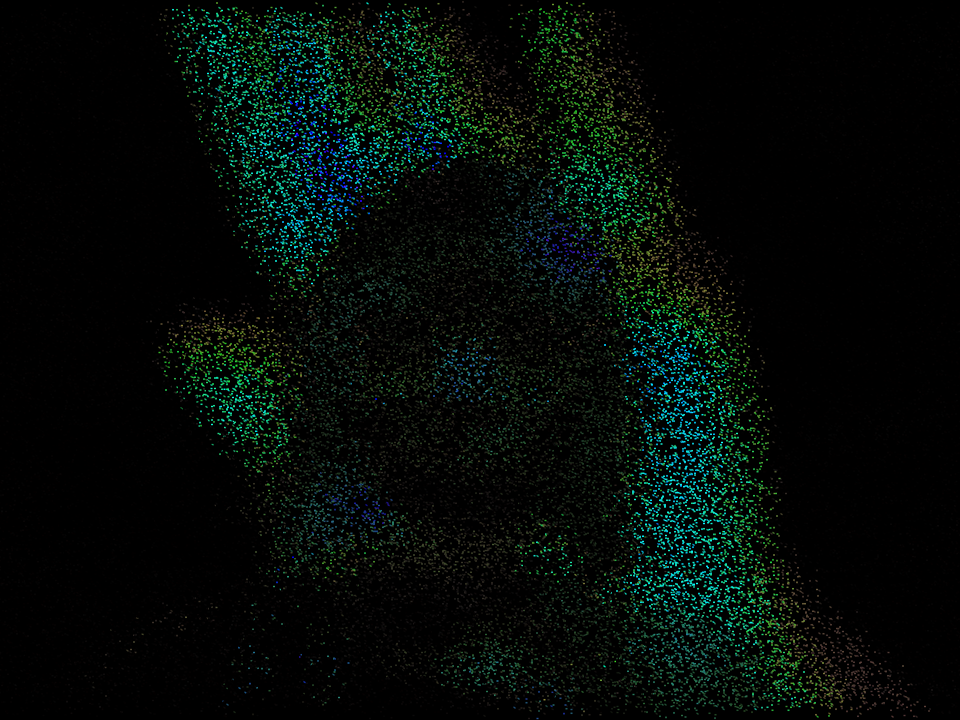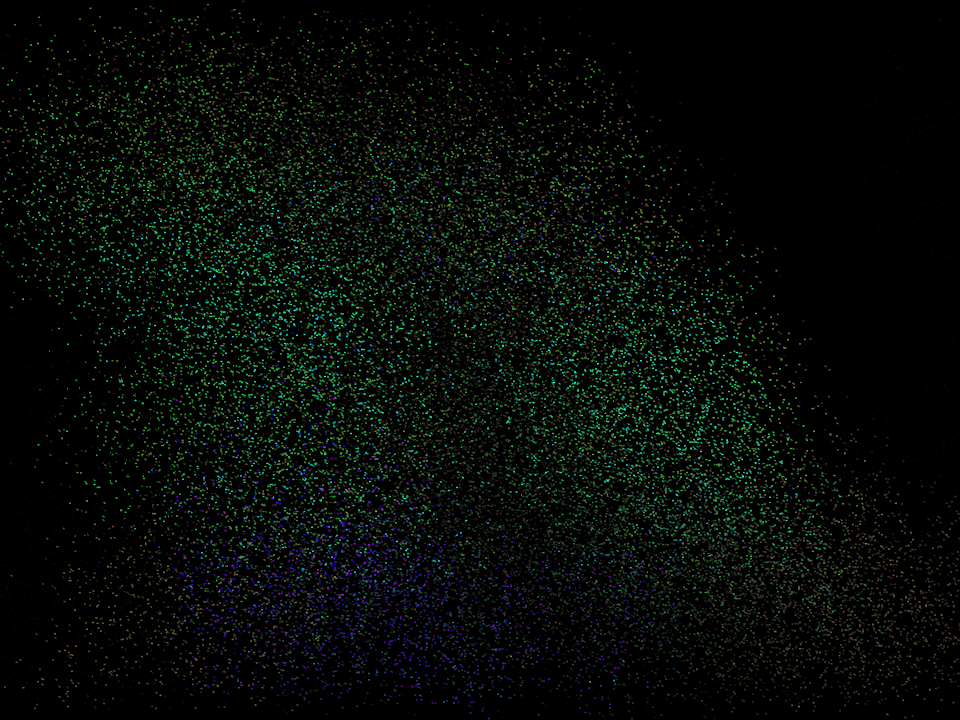An interactive Installation that uses face recognition and motion detection to create compelling visuals.
Creating an installation to be displayed at Sheridan College’s Trafalgar campus.
An interactive Installation that uses face recognition and motion detection to create compelling visuals.
Creating an installation to be displayed at Sheridan College’s Trafalgar campus.
An interactive Installation that uses face recognition and motion detection to create compelling visuals.
Creating an installation to be displayed at Sheridan College’s Trafalgar campus.
Sheridan’s Trafalgar campus is not just the “creative” campus, its Canada’s largest art school. Second home to thousands of creative students and professors, it’s a thriving community where expression and individuality are encouraged. I wanted to create something that would embody these things in a compelling way.
To target those aspects of individuality and expression, I incorporated face recognition software and motion detection into a fun installation. The user is portrayed in colourful particles that flow on the screen according to their actions, while the background is set to black to really make the user stand out.
February 2019
1 Week
Processing + OpenCV
The installation uses motion detection to draw only moving objects, such as people walking by. When there’s no movement detected, the installation simply appears as a black screen.
Once the installation detects movement, it will look for a face. If a face can’t be detected, the moving object will appear as scattered particles. If a face is detected, these particles will arrange in a way that forms the face of the user.
If the user remains very still, the installation won’t detect any movement, and it will again, show a black screen. The more movement detected, the more colourful the visuals will be.
Sheridan’s Trafalgar campus is not just the “creative” campus, its Canada’s largest art school. Second home to thousands of creative students and professors, it’s a thriving community where expression and individuality are encouraged. I wanted to create something that would embody these things in a compelling way.
To target those aspects of individuality and expression, I incorporated face recognition software and motion detection into a fun installation. The user is portrayed in colourful particles that flow on the screen according to their actions, while the background is set to black to really make the user stand out.
February 2019
1 Week
Processing + OpenCV
The installation uses motion detection to draw only moving objects, such as people walking by. When there’s no movement detected, the installation simply appears as a black screen.
Once the installation detects movement, it will look for a face. If a face can’t be detected, the moving object will appear as scattered particles. If a face is detected, these particles will arrange in a way that forms the face of the user.
If the user remains very still, the installation won’t detect any movement, and it will again, show a black screen. The more movement detected, the more colourful the visuals will be.
Sheridan’s Trafalgar campus is not just the “creative” campus, its Canada’s largest art school. Second home to thousands of creative students and professors, it’s a thriving community where expression and individuality are encouraged. I wanted to create something that would embody these things in a compelling way.
To target those aspects of individuality and expression, I incorporated face recognition software and motion detection into a fun installation. The user is portrayed in colourful particles that flow on the screen according to their actions, while the background is set to black to really make the user stand out.
February 2019
1 Week
Processing + OpenCV
The installation uses motion detection to draw only moving objects, such as people walking by. When there’s no movement detected, the installation simply appears as a black screen.
Once the installation detects movement, it will look for a face. If a face can’t be detected, the moving object will appear as scattered particles. If a face is detected, these particles will arrange in a way that forms the face of the user.
If the user remains very still, the installation won’t detect any movement, and it will again, show a black screen. The more movement detected, the more colourful the visuals will be.










